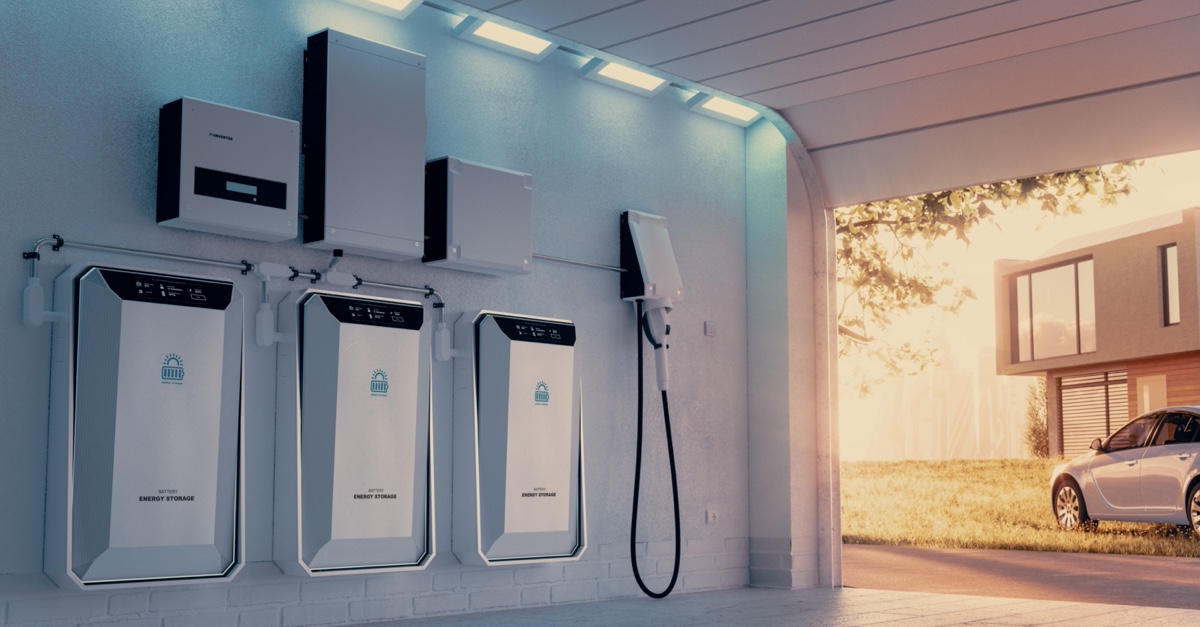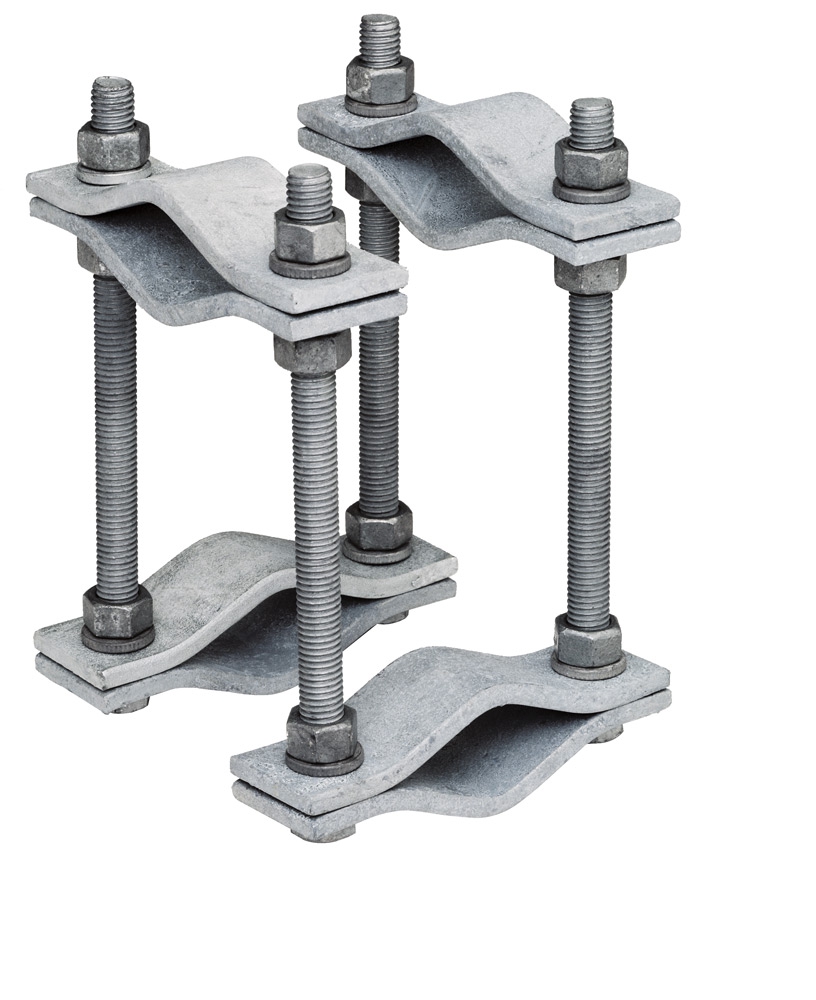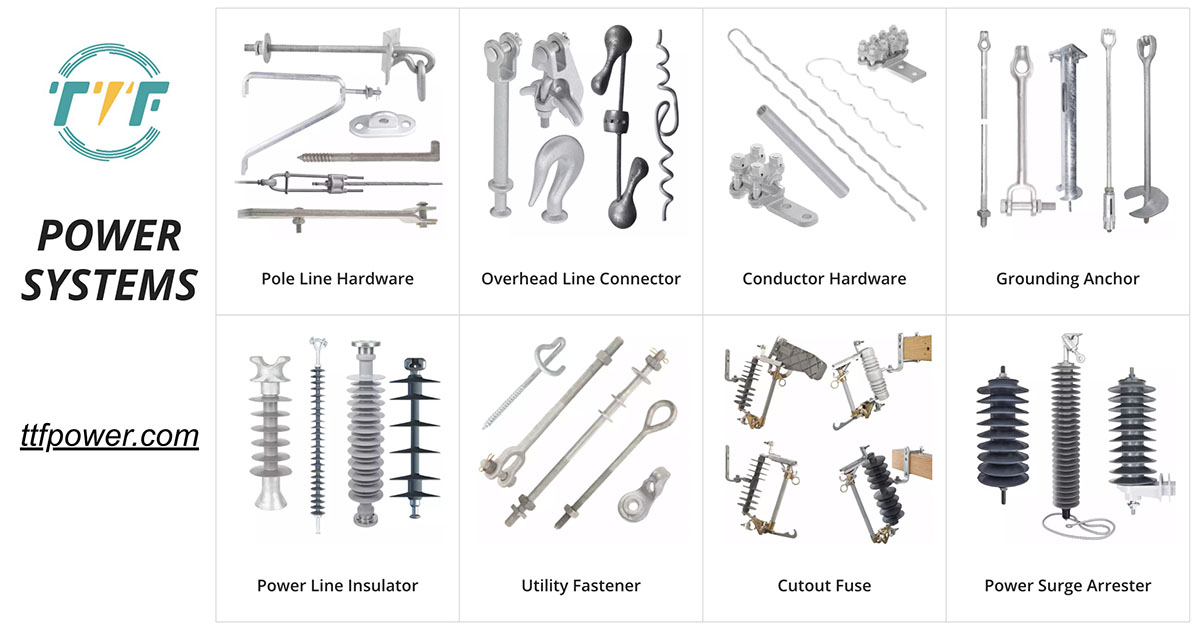
In South America’s rapidly expanding energy sector, solar batteries are becoming indispensable. The region boasts abundant solar resources and increasing energy demands. Solar batteries, which store electric charge in chemical form, offer solutions to challenges like energy access, grid stability, and environmental sustainability. When paired with solar panels, these batteries provide a stable energy source for rural areas. Additionally, they help stabilize the grid by storing excess energy generated during the day and releasing it during peak hours. This reduces reliance on fossil fuels and boosts energy independence for South America. Solar panel clamps are essential components of these systems, including crossover clamps, solar panel clamps, and drop wire clamps. These components protect electrical systems from overcurrent situations. Let’s explore how solar batteries function and how clamps enhance their efficiency.
Given the climate in South America, solar batteries play a crucial role in reducing greenhouse gas emissions and supporting the region’s climate change goals. Many South American countries have committed to renewable energy initiatives as part of their international climate agreements. Governments are backing these efforts with policies, incentives, and favorable regulatory frameworks. This includes grants, subsidies, and beneficial loan conditions for renewable energy projects. Countries like Chile, Brazil, and Argentina are utilizing solar batteries to increase electricity access. The use of clamps ensures long-term system efficiency by preventing overcurrent damage.
Best Solar Batteries for South American Countries
The rise of renewable energy in South America demands advanced technologies to ensure sustainability. Solar batteries can store energy not only from solar panels but also from other renewable sources. Several types of solar batteries are available, with the choice depending on factors like cost, efficiency, lifespan, and specific application needs. Clamps create secure electrical connections between the solar panels, inverters, and batteries. Below are the main types of solar batteries used in South America’s energy infrastructure.

- Flow batteries – these batteries use liquid electrolytes flowing through a cell stack to produce electricity. They provide a longer lifecycle and high efficiency, ideal for applications requiring large amounts of energy storage.
- Lead-acid batteries – these are the most used batteries for solar energy storage. The two main types are flooded lead-acid and sealed lead-acid, including Absorbed Glass Mat (AGM) and gel batteries. They offer a lower upfront cost and have a well-established performance track record.
- Lithium-ion batteries – known for their higher energy density, longer lifespan, and minimal maintenance. Lithium-ion batteries are commonly used in solar systems for their stability and safety. They last 10–15 years and are maintenance-free but come at a higher cost compared to lead-acid batteries.
- Zinc-bromine batteries – a type of flow battery, zinc-bromine batteries serve in large-scale energy storage. They offer a long lifecycle and are ideal for high-capacity storage applications.
- Sodium-ion batteries – this is a newer technology that uses sodium instead of lithium. These batteries are still under development for commercial use in South America.
Role of Clamps in Solar Batteries for Energy Sustainability
Clamps are essential for maintaining the safety and efficiency of solar battery systems. Their key functions include providing secure connections, stability, and flexibility in installation and maintenance. By doing so, the clamps ensure solar battery systems function efficiently and sustainably. This helps support renewable energy efforts in South America. At TTF Power Systems, we provide a full range of power line hardware and utility accessories. This includes clamps and clips, with excellent product variety, value, and service. Below are the key functions of clamps in solar batteries.

- Secure connection – clamps hold cables and wiring in place, ensuring a firm connection between the solar panels, batteries, and other systems.
- Conductivity enhancement – they also help maintain the optimal conductivity, reducing resistance and ensuring efficient energy transfer.
- Vibration and movement control – clamps help reduce movement or vibration of cables and wires to prevent wear and tear.
- Heat dissipation – some clamps are able to dissipate heat generated at connection points. This prevents overheating that could damage components.
- Simple maintenance – they allow for easier maintenance and repairs by keeping cables organized and accessible.
- Insulation – some clamps act as insulators to reduce the risk of short circuits and electrical hazards. This ensures the exposed wires are properly held in place and protected from accidental contact.
